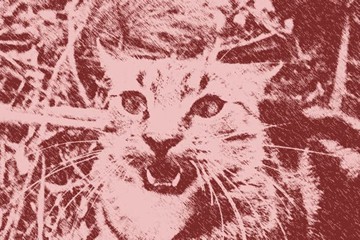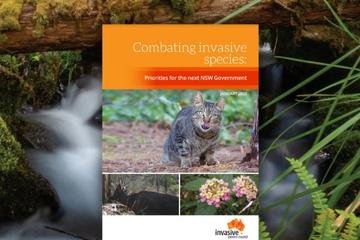A letter from the Invasive Species Council to NSW Minister for Planning and Open Spaces Rob Stokes, and NSW Minister for the Environment, Matt Kean, raising concerns about the approval of the Snowy 2.0 Main Works over the movement of water from Talbingo Reservoir to Tantangara Reservoir.
Impacts from Snowy Hydro 2.0 Main Works include:
- Invasion of the upper Murrumbidgee River with redfin perch.
- Introduction of the epizootic hematopoietic necrosis virus into the upper Murrumbidgee River and Murray and Snowy rivers.
- In-situ extinction of the critically endangered (NSW) stocky galaxias through predation and competition by the climbing galaxias.
- Elimination of a key population of the endangered (nationally) Macquarie perch through competition with redfin perch and/or infection with the epizootic hematopoietic necrosis virus.
- Other future impacts dependant on the establishment of new invasive aquatic pests and diseases in Talbingo Reservoir during the life of Snowy 2.0.
Until there are fail-safe effective mitigation measures in place that have been independently reviewed by appropriate experts, the Invasive Species Council opposes the movement of water from Talbingo Reservoir to Tantangara Reservoir. Similarly, the grant of an exemption for the movement and release of redfin perch under the Biosecurity Regulation 2017 is opposed.
The letter was sent on 2 April 2020.
This letter was also sent to the federal Minister for the Environment Sussan Ley and the federal Minister for Energy and Emissions Reduction Angus Taylor.








